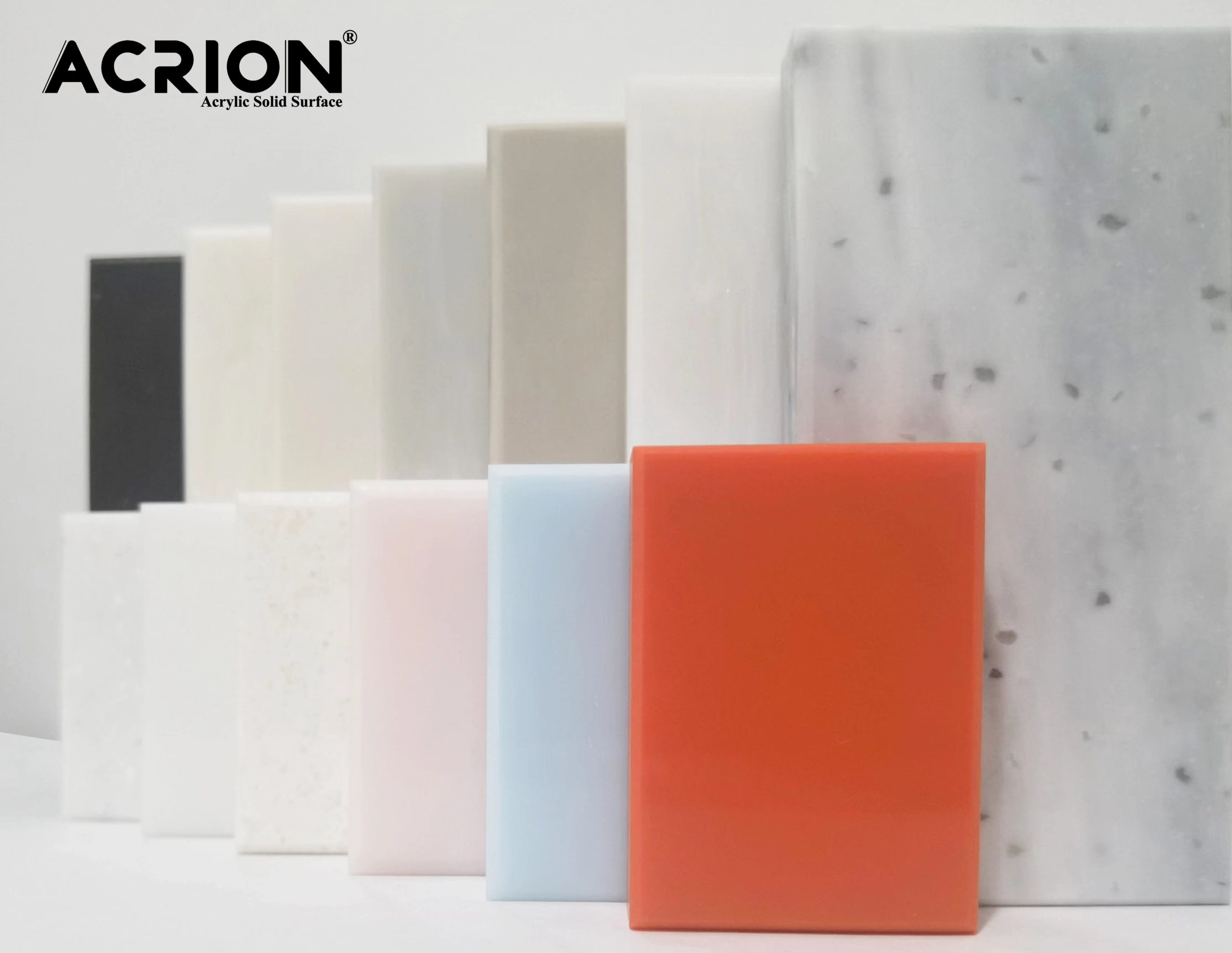Key Steps for Repairing Burn Marks on Corian Countertops
Corian countertops are renowned for their durability and seamless appearance, but accidental burns from hot pots or appliances can leave unsightly marks. Unlike many other materials, Corian’s solid-surface composition allows for effective at-home repairs. This guide outlines professional-grade techniques to restore burned surfaces without specialized equipment.
Assessing Burn Damage Severity
Identifying Surface-Level Burns
Shallow burns caused by brief contact with hot items typically appear as discolored spots or slight indentations. These marks remain superficial and do not penetrate deeply into the material. Test by running your fingernail across the burn—if it catches slightly but doesn’t form a groove, the damage is surface-level and repairable with basic tools.
Evaluating Deep Structural Damage
Severe burns from prolonged exposure to high heat may create visible pits or cracks. These injuries often extend beyond the surface layer, requiring more intensive repair methods. Check if the burn has dulled the surrounding area’s sheen, indicating the need for progressive polishing after initial sanding. Always prioritize safety by wearing gloves and eye protection when handling damaged surfaces.
Surface Burn Repair Techniques
Step 1: Cleaning and Preparing the Area
Begin by wiping the burned area with a damp microfiber cloth to remove dust and debris. For stubborn residue, use a mild dish soap solution and rinse thoroughly. Let the surface dry completely before proceeding. This ensures no particles interfere with the repair process and helps you accurately assess the damage extent.
Step 2: Initial Sanding for Shallow Burns
For minor burns, start with 400-grit wet/dry sandpaper wrapped around a rubber sanding block. Dampen the surface with water and sand in circular motions, gradually expanding the area to blend repairs. Check progress frequently—stop when the burn mark is no longer visible. Rinse the area to remove residue and let it dry.
Step 3: Progressive Polishing for Restoration
Switch to 600-grit sandpaper for intermediate polishing, repeating the circular motions. Finish with 1200-grit sandpaper to refine the surface. For polished finishes, apply a non-abrasive polishing compound with a soft cloth in small circles to restore shine. Matte finishes require only light buffing after sanding. Always work in well-ventilated areas to avoid inhaling dust.
Advanced Repair Methods for Severe Burns
Filling Deep Pits and Cracks
For burns deeper than 1mm, use a two-part epoxy filler matching your countertop’s color. Mix the components as directed and apply with a plastic spatula, slightly overfilling the damaged area. Let it cure for 24 hours in a well-ventilated space. Once hardened, sand the filler flush with the surface using 220-grit sandpaper, then progress to finer grits for a smooth finish.
Multi-Stage Sanding for Structural Repairs
Begin sanding the filled area with 220-grit sandpaper to shape the repair material. Progress to 400-grit, then 600-grit, maintaining a wet sanding technique to prevent overheating. Always sand beyond the repaired area to ensure seamless blending. For polished finishes, finish with a polishing compound applied with a dual-action polisher at low speed. Keep the pad moving to prevent heat buildup.
Heat-Assisted Reshaping for Minor Indentations
For small indentations caused by heat, use a hairdryer on low heat, keeping it 6-8 inches away from the surface. Gently press the indentation upward with a wooden block while applying heat. Avoid overheating, which can cause discoloration. This technique is suitable for shallow dents and requires careful control to prevent further damage.
Preventative Measures to Avoid Future Burns
Using Protective Accessories
Always place trivets or heat-resistant mats under hot pots, pans, and appliances like electric grills. Avoid direct contact between Corian surfaces and heat sources exceeding 212°F (100°C). For frequent cooking areas, consider installing a dedicated heat-resistant zone using ceramic tiles or metal trays.
Immediate Response to Spills and Burns
If a burn occurs, act quickly to minimize damage. Rinse the area with cool water to dissipate heat, then dry thoroughly. For superficial burns, apply a mild abrasive cleaner and buff gently with a soft cloth. Never leave hot items unattended on Corian surfaces, as prolonged exposure increases the risk of permanent damage.
Long-Term Care and Maintenance
Schedule a professional deep clean and polish every 1-2 years, depending on usage. For DIY maintenance, apply a non-abrasive cream polish quarterly to maintain luster. Avoid using harsh chemicals like oven cleaners or paint removers, which can etch the surface. Always test new cleaning products on an inconspicuous area first.
By following these detailed methods, homeowners can effectively repair and maintain Corian countertops, ensuring they retain their beauty and functionality for years. Regular care combined with proper repair techniques will keep your surfaces looking factory-fresh.
